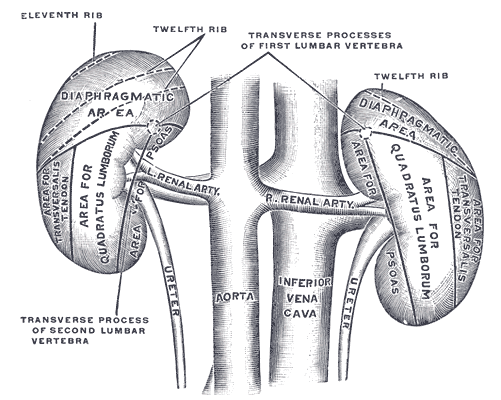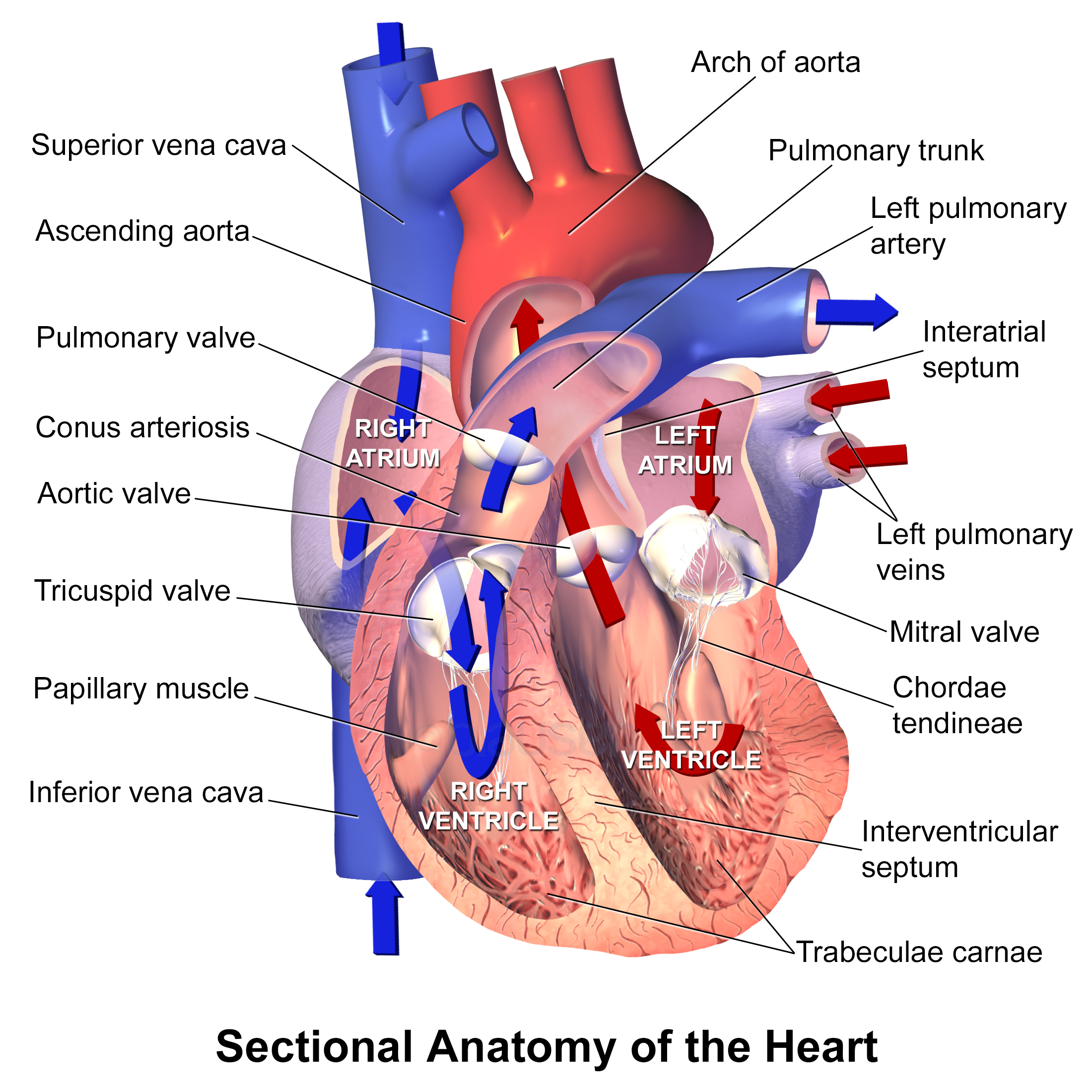Digestive System And Circulatory System
The Digestive Arrangement
No matter what you eat, everything that goes into your oral cavity is processed past your body'south digestive organization. Three main processes occur within the digestive system: digestion, assimilation, and emptying.
- Digestion is the breakup of food into nutrients, which are molecules that your body's cells can utilise.
- Absorption is the motility of nutrients from the digestive system into the bloodstream, where they tin can exist carried to all parts of the torso.
- Elimination is the removal of undigested material from the trunk.
These processes occur in a series of organs called the digestive tract. The organs of the digestive system help the procedure by moving nutrient around or by producing chemicals used in digestion.
The Esophagus and Tum
Digestion starts as soon as you put food in your mouth. Chewing breaks food into smaller pieces and enzymes in your saliva aid to chemically suspension down food. Smooth musculus in the digestive tract moves nutrient through the digestive system. In this way, the digestive system interacts with the muscular organization. Food moves from your mouth to your breadbasket through a muscular tube chosen the esophagus. Your stomach is the body's main organ of digestion. Food is cleaved down by the stomach's digestive juices.
The Small and Big Intestines
Partially digested food moves from the stomach to the modest intestine, where absorption occurs. Digested nutrients and water pass through the walls of the pocket-sized intestine and into the bloodstream. Waste matter materials continue through the pocket-size intestine and move into the big intestine. In the large intestine, waste materials are prepared for emptying, which is the passage of undigested material out of the body through a:n opening called the anus.

The Liver, Gallbladder, and Pancreas
Even though food does not movement through them, the liver, gallbladder, and pancreas are of import parts of the digestive system. These 3 organs assistance digestion in the small intestine. The liver is the largest internal organ of the torso and has many functions. Its job in digestion is to make bile, which breaks down fat. Backlog bile made by the liver is stored in a pocket-size organ called the gallbladder. The gallbladder releases bile into the pocket-sized intestine as needed. The pancreas is a leaf-shaped organ that produces digestive enzymes. Enzymes from the pancreas are proteins that speed up biological reactions. The enzymes the pancreas makes help break downwardly proteins, carbohydrates, and fats in the small intestine.
The Excretory Organization
Processes inside your cells result in waste matter products. These waste products must exist removed from your body to keep your body systems in balance. The excretory system is the system that removes liquid, solid, and gas wastes from the body.
Liquid Waste product
Your peel is one of the organs of the excretory system, and sweating is one process of excretion. Your peel sweats in weather such as warm atmospheric condition and during exercise. The sweat helps your torso with temperature regulation. As sweat evaporates from your skin, this helps your trunk cool down. When your skin sweats, this also allows your body to get rid of excess h2o and salts. The lungs, which are function of the respiratory system, are also important structures in the excretory system. Carbon dioxide is a gas produced as a waste product product from prison cell processes. Most of it is removed from your trunk through the lungs when you breathe.
Urine is produced by the kidneys, which are organs that are separate from the digestive tract. Kidneys are the main organs of the excretory system. People usually have two kidneys. The kidneys apply millions of tiny filters to separate waste products in the blood from the water, glucose, and minerals the trunk needs.

Liquid waste produced past the kidneys is carried in urine, which passes through a tube called the ureter and is stored in the bladder. When the bladder is full, it contracts and pushes urine out of the body through the urethra. In near instances, the emptying of the bladder is under the command of voluntary muscles.
Claret enters each kidney through a big artery. Inside the kidney, the avenue divides into many networks of capillaries that environs the filtering units of the kidney, which are called nephrons. Each kidney has most one million nephrons. Each nephron looks similar a long coiled tube with a cup at one end. The cups of the nephrons are institute in the outer rim of the kidney. Fluid from the blood is pushed through the walls of the capillaries and into the nephron. Some of the cloth that is moved into the nephron is waste material, and some is material the body needs. The material the body needs is returned to the claret through a process chosen re-absorption. The cloth that is waste matter, along with water, leaves the body as urine.

Solid Waste
Solid waste from the digestive arrangement is prepared in the large intestine for elimination. H2o is removed from the waste textile, which somewhen leaves the body through the anus as feces.
The Respiratory System
Did yous know that your digestive system is closely connected to your respiratory organization? Oxygen, which enters your body through the respiratory system, is required for the procedure your cells utilize to release energy from food molecules. Specifically, oxygen is the gas that cells apply for cellular respiration. Through cellular respiration, organic molecules from the food y'all consume are broken downwards, and energy and carbon-dioxide gas are released. The released energy is used by body cells for all the cells' activities.
Gas Substitution Inside the Lungs
When you breathe, y'all pull air into a pair of organs within the breast called lungs. The inside of a lung is divided into many pocket-size air sacs, called alveoli, which are surrounded past tiny blood vessels chosen pulmonary capillaries. Oxygen in the lungs enters the body by diffusing across the alveoli and into the blood vessels. Diffusion is the movement of molecules from an area of college concentration to an area of lower concentration. Inside the alveoli, oxygen moves into the bloodstream because there is more oxygen in the alveoli than there is in the blood. Meanwhile, carbon dioxide leaves the bloodstream because there is more carbon dioxide in the blood than there is in the alveoli. The oxygen travels within the bloodstream to other parts of the trunk, and most of the carbon dioxide is exhaled.

The Circulatory System
The circulatory system transports blood through the man body. Blood delivers h2o·and nutrients from the digestive system, and oxygen from the respiratory system, to all cells in the trunk. Claret besides carries wastes from body cells to the organs that remove wastes.
The Heart
The centre of the circulatory system is the heart, which pumps claret. The middle is a fist-sized muscle divided into two upper chambers called atria and 2 lower chambers called ventricles.

Oxygen-poor blood from the trunk enters the right side of the heart. The right atrium and right ventricle pump oxygen-poor blood to the lungs. While in the lungs, the blood takes up oxygen gas and releases waste product carbon-dioxide gas it has carried away from body cells. Oxygen-rich claret returns to the left side of the middle from the lungs. The left atrium and left ventricle pump oxygen rich blood to the balance of the trunk. When information technology reaches torso cells, the oxygen-rich blood gives upwards its oxygen and nutrients and picks up carbon-dioxide gas. The blood returns dorsum to the right atrium, and the wheel continues.
Blood Vessels
There are three kinds of blood vessels inside the torso: arteries, capillaries, and veins. In general, arteries acquit oxygen-rich blood away from the middle. As blood moves abroad from the eye, the arteries get smaller and narrower. Capillaries are microscopic vessels that connect arteries and veins. Capillaries are but 1 cell thick. Veins conduct blood dorsum to the heart from the capillaries.
Digestive System And Circulatory System,
Source: http://www.jasonsclassroom.com/science/cc-achieve/chapter-1/lesson-1.2/
Posted by: mccuskermente1947.blogspot.com


0 Response to "Digestive System And Circulatory System"
Post a Comment